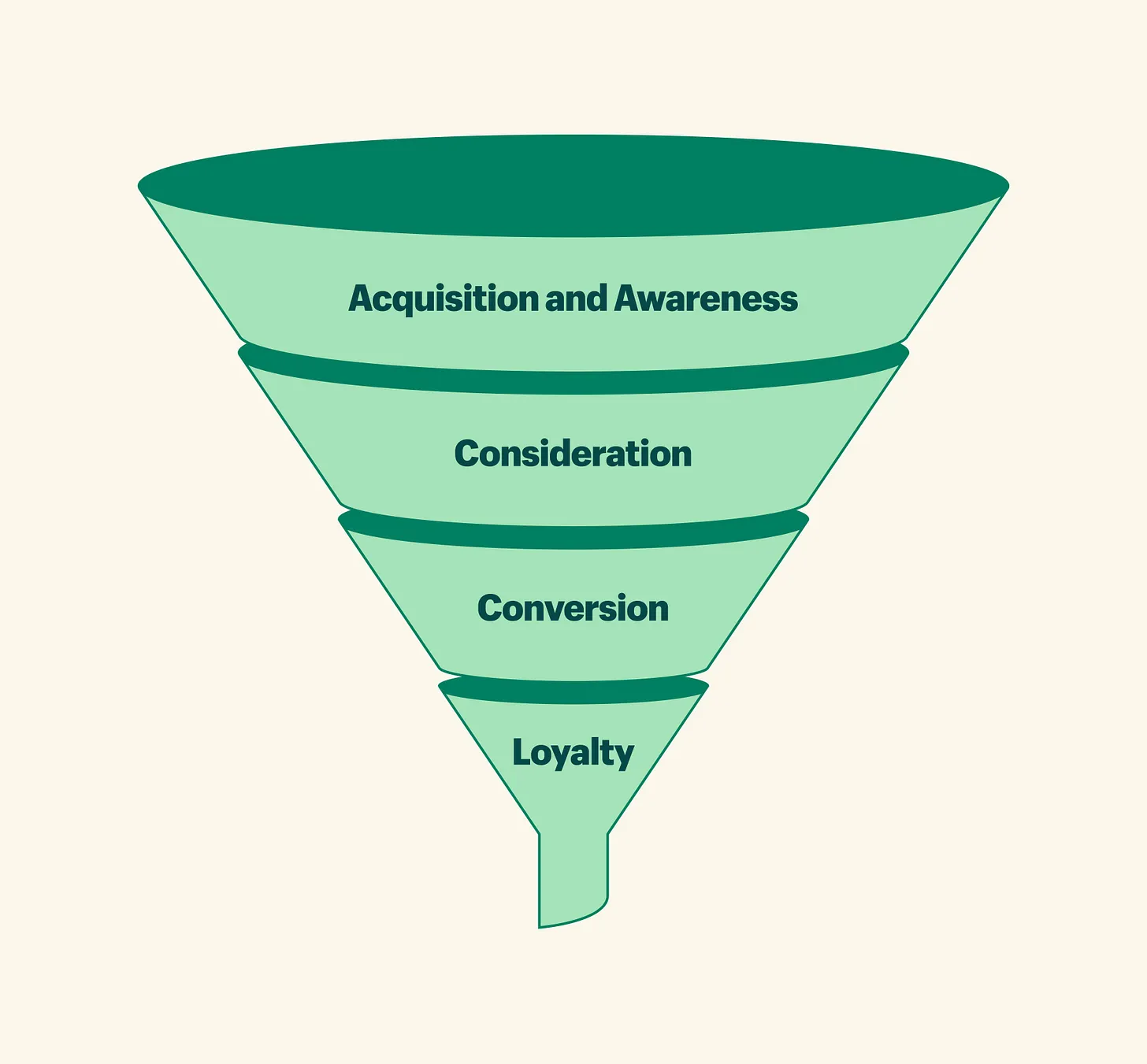The 1:1 is a term given to a meeting between two people. Here we are talking … 1:1 (pronounced ‘one-to-one’)Read more
Leadership
A simple way to improve your internal communication
A simple technique is the HPM. HPM stands for Highlights, People and Me. It’s a weekly … A simple way to improve your internal communicationRead more
The Marketing Funnel
Recently I’ve been thinking about and giving advice to a bunch of friends, colleagues and ex-colleagues … The Marketing FunnelRead more



